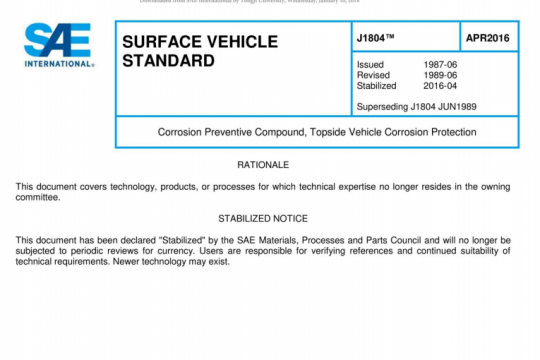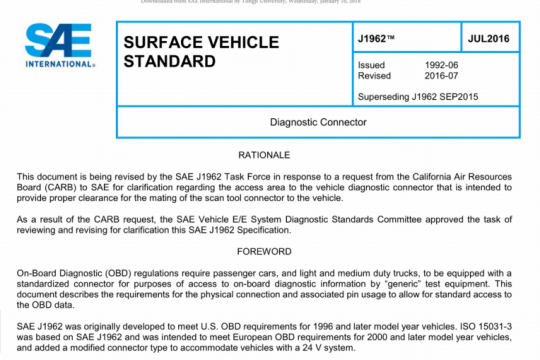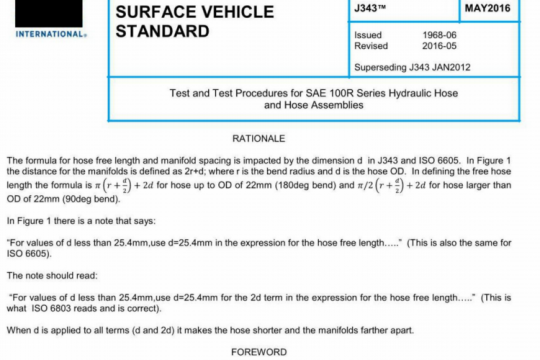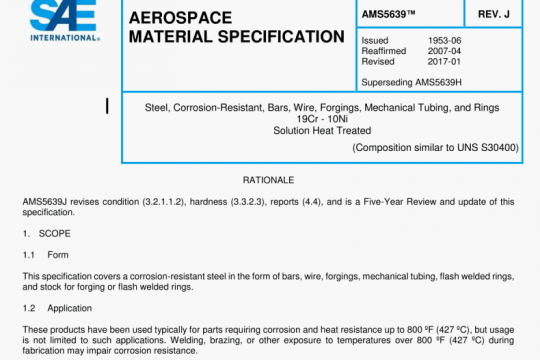SAE J3216:2020 pdf free
SAE J3216:2020 pdf free.Taxonomy and Definitions for Terms Related to Cooperative Driving Automation for On-Road Motor Vehicles
Information about planned future actions of the sending entity provided by that entity for potential utilization by receiving entities. (“This is what I plan to do.”)
NOTE 1: Intent-sharing cooperation does not require the ability or consent of receiving entities to employ the information provided via M2M communication, which may originate from any nearby traffic participant. Receiving entities do not necessarily need to act on the shared intent, and all entities are expected to conduct competent operations regardless of others’ actions.
NOTE 2: Intent-sharing cooperation may be used to augment prediction of future states to enhance models of the planned future actions of the sending entity.
NOTE 3: Intent-sharing cooperation may augment status-sharing cooperation by providing information that relates to a future state (rather than just the current state) of a sending entity.
NOTE 4: In some cases, intent information may be shared without M2M communication (e.g., turn signals), but in many cases (e.g., occlusion of tail lights), this information could not otherwise be determined at all or as soon by a receiving entity that is not participating in CDA. These non-CDA forms of intent sharing (e.g., turn signals, human gestures, etc.) are beyond the scope of this document.
NOTE 5: CDA devices that do not have direct control over the actions of the CDA device agent, e.g., pedestrians or conventional vehicles in which a human directly controls actions, may engage in intent-sharing communication.
EXAMPLE 1: A C-ADS-equipped vehicle using a Level 3 automation highway feature acts as the sending entity to share a planned lane change with proximal traffic participants to facilitate safer and more efficient traffic flow in the immediate vicinity. A proximal vehicle with a Level 4 automation highway feature acts as the receiving entity and slows down to maintain a desired longitudinal distance when the Level 3 C-ADS-equipped vehicle merges into the lane ahead.
EXAMPLE 2: Roadside equipment (RSE) at a traffic signal acting as the sending entity shares a planned signal phase change with proximal traffic participants to facilitate eco-drive functionality. A C-ADS-equipped vehicle using a Level 3 feature approaching the signal acts as the receiving entity, and uses the signal timing to adjust longitudinal vehicle motion control for enhanced safety and efficiency by avoiding sudden emergency maneuvers.SAE J3216 pdf free download.




